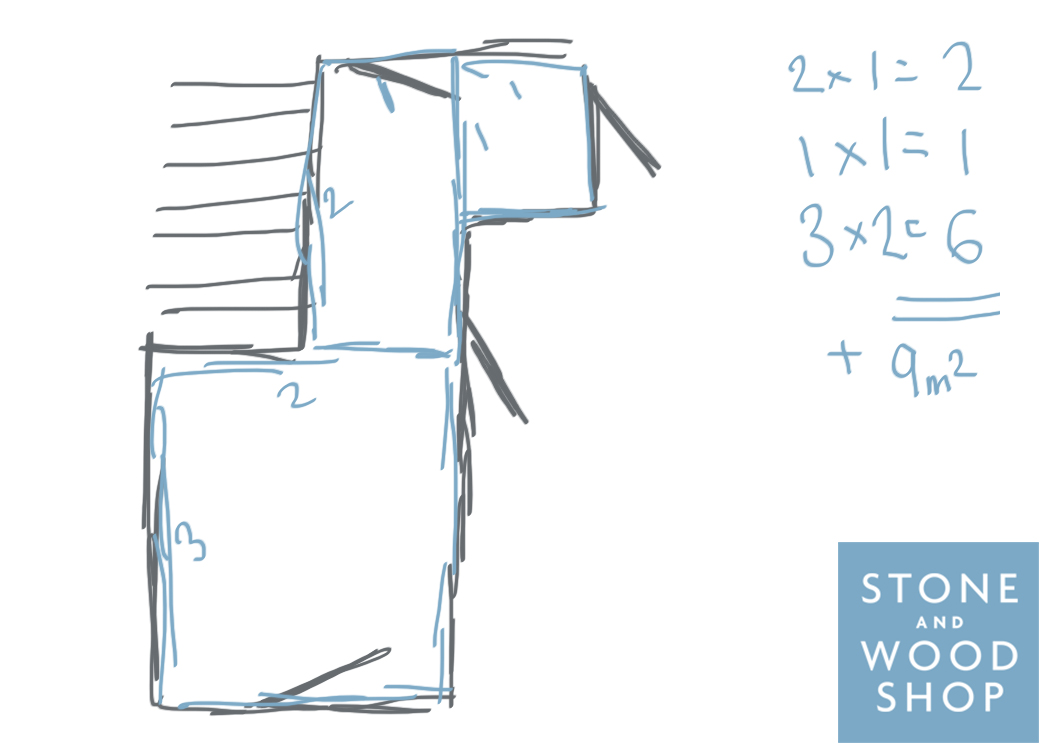As many designers already know, there are many advantages in choosing Travertine as a flooring choice. Travertine is not just a pretty face, Travertine flooring will not only look beautiful and enhance your home, it will serve as an environmentally friendly and durable flooring product that will stand the test of time, look stunning and, once properly sealed, will be relatively low maintenance and easy to clean.
Travertine flooring will enhance whatever decor you chose for your home. Although pure travertine is white, the impurities in the stone produce neutral colours and variegated shading that work with nature and seamlessly blend with its surroundings. With colours ranging from greys and creams to corals, Travertine flooring can be classic and sophisticated or rustic with lots of character depending on the choice of Travertine on offer.
With a number of finishes available, Travertine flooring is a designers dream. From the classic honed and filled Travertine which gives a look of chic sophistication to the rustic tumbled unfilled Travertine to impart that timeless charm of an era long gone, Travertine flooring allows you to be as creative as you want with a choice of tile sizes and featuring straight or chipped edge finishes, your Travertine flooring will be as individual as you.
Due to its unique composition, Travertine flooring is the perfect choice for under-floor heating, with its natural indentations and fissures, heat is able to pass through these many openings and grooves ensuring perfect heat conduction.
Travertine flooring is suitable for most areas within the home being hard wearing and durable, but due to the porosity of Travertine, it will need to be professionally sealed after installation. Travertine is alkaline and will react when it comes into contact with acids from liquid, food or harsh cleaners which can cause staining and damage. But with the correct sealing and the use of the right cleaning products, Travertine flooring can be safely used in kitchens and bathrooms to create an environmentally friendly surface that is easy to maintain, durable and will withstand even the most demanding households.
Sealed Travertine flooring will not absorb dust mites, chemicals, odours or gases and is the perfect choice for allergy sufferers. A Travertine floor is a healthy, bacteria free solution to creating an environmentally friendly home.
Travertine flooring cannot be duplicated by any other natural material and can easily be identified due to its unique rustic, yet simple elegance. Having Travertine flooring in your home will bring out the beauty of the stone as it occurs in nature giving a look that is truly matchless. If you are looking to add value, elegance and beauty, Travertine flooring wins hands down.










